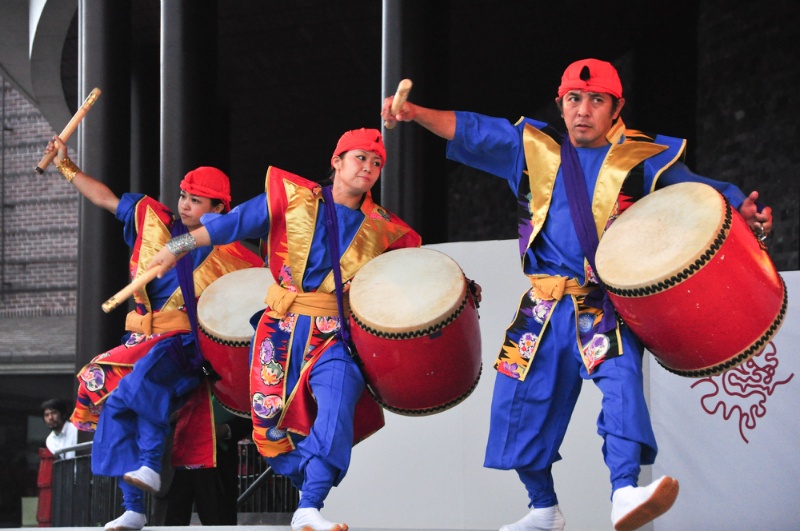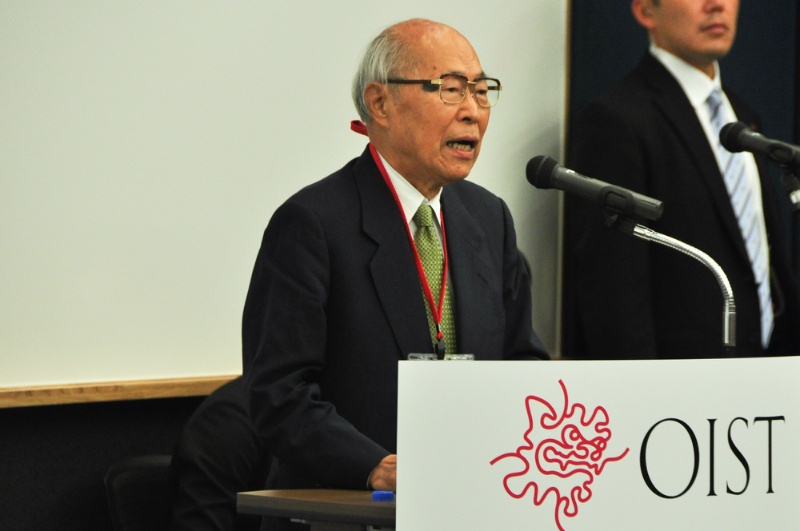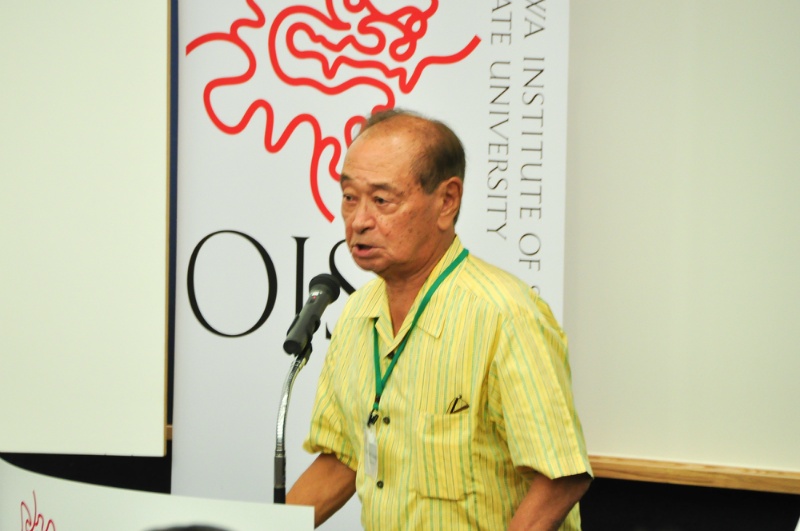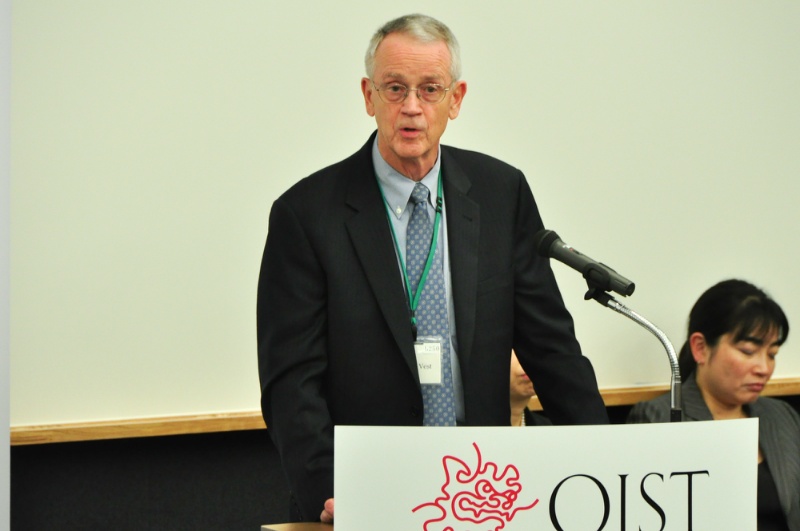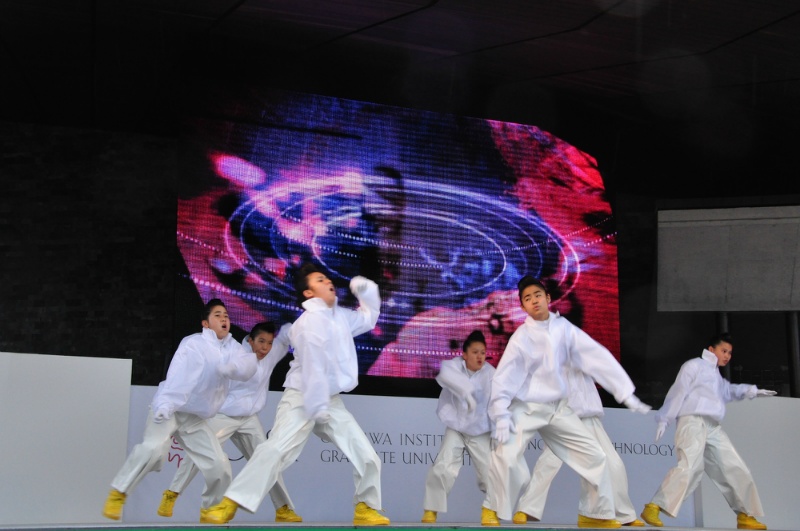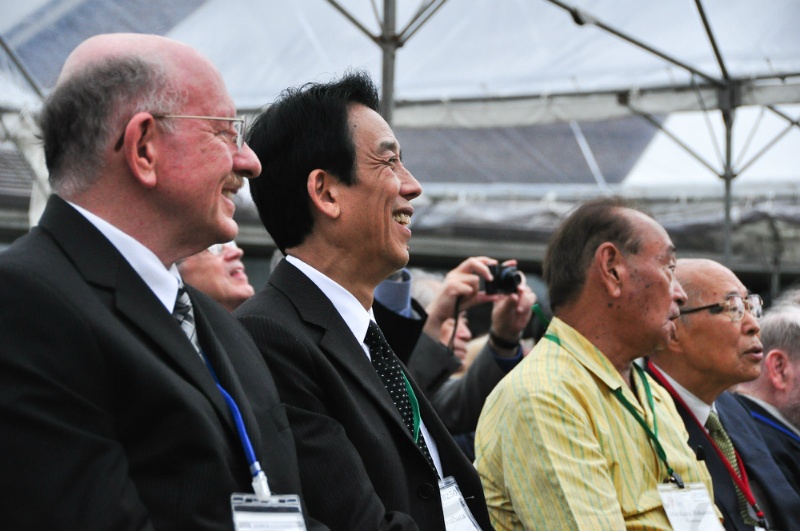I have reported several times on this web site that I support “AIESEC” , an organization working to promote university students’ internships at overseas.
When I participated in the AIESEC convention of last year, I was very much moved to hear the stories of Japanese university students who went to internships at India, Brazil, Philippine, and other countries, to overcome many obstacles and unexpected troubles. This event of last year was postponed from the originally scheduled date due to the wake of the 3.11 disaster. One of the speakers, a Chinese student, talked about her wonderful experience at a company in Sendai, a quake stricken area . Her internship, she said, became a trigger for that particular company to consider expansion to China, and that she is now helping them make plans for the move.
The AIESEC convention of this year (in Japanese) which took place this March was held at GRIPS, where I work. More than 100 students and many supporters gathered again, and I was happy to be a part of them. The program included a very energetic encouraging speech by Mr. Kan Suzuki, former vice minister of MEXT as well as the presentations by the seven students who were selected from the participants of this year’s internships, describing their confusion, hardships, and sense of accomplishments which moved the audience very much. After the speech was the announcement of the recipients of the “Global Internship of the Year” awards.
Then, we listened to the stories of the students who arranged the internship in Japan, trying to match foreign students with the Japanese companies, the difficulties they had to overcome, the growth and awakening which resulted from those experiences. All the students in the venue, as well as the judges, representatives from the supporting companies, shared together this wonderful half day. Awards were also presented to the students who worked to link the supporting enterprises with the potential interns, to express appreciation to the enterprises.
Next weekend, I went to an event which was held in part to celebrate the 50th anniversary of the foundation of the AIESEC Asia-Pacific Chapter, spending a marvelous time with 250 or so young people from all parts of Asia Pacific. In the closing speech of the second day, I commented that a true asset for them in the future, when they become the leaders of this rapidly changing, un-foreseeable world, is, for example, such experience as spending time together for a week in this camp.
I can tell you, Japanese youths are working to pave their ways, just like the youths in other nations. I am truly proud of them and am looking forward to see the outcomes in the future.
